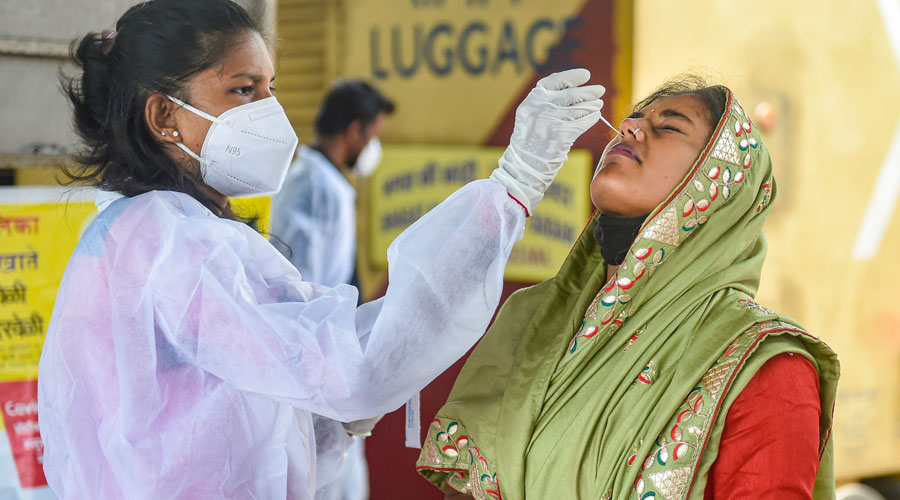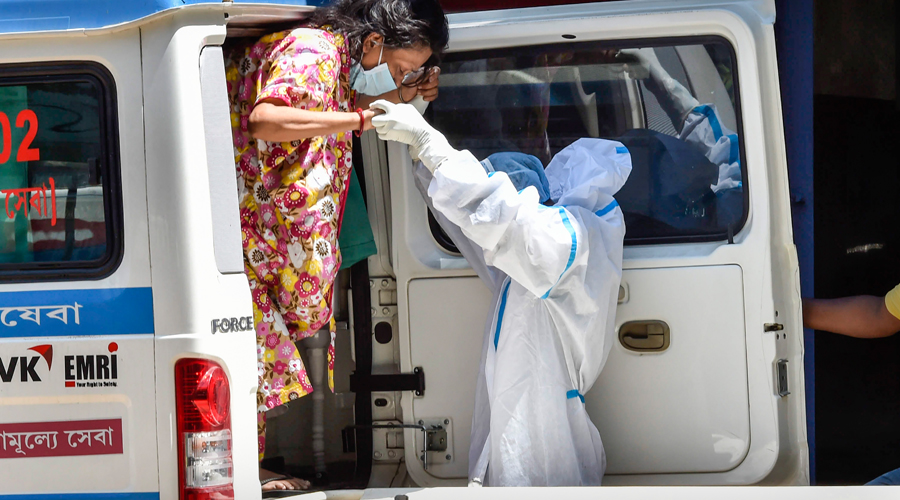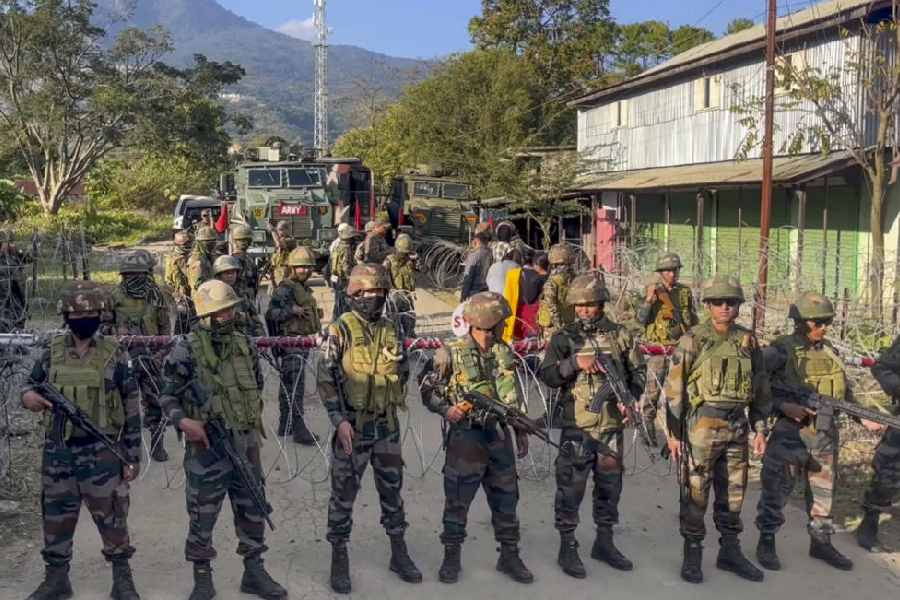India’s health research agency is set to release an online calculator to help states and districts project and prepare for fresh Covid-19 surges amid lingering uncertainty about the future course of the country’s epidemic.
The calculator — or simulator — developed by the Indian Council of Medical Research (ICMR) will use key epidemic-linked parameters in any district to project the likelihood of a significant surge in the daily new infections there, allowing authorities time for preparatory steps.
“We’re calling it a Covid-19 preparedness simulator — a tool to look for local early warning signals,” Samiran Panda, the head of ICMR’s epidemiology division, told The Telegraph.
District or state authorities could use signals of an imminent surge to arrange for beds, oxygen or other infrastructure needed to manage Covid-19 patients and prepare local populations for possible curbs or restrictions to prevent further spread of the infection.
The development comes amid speculation and uncertainty about where fresh surges might occur at a time the second wave that peaked in early May hasn’t fully ebbed, large outbreaks persist in Kerala and Maharashtra and transmission continues across the country.
Kerala and Maharashtra accounted for over 70 per cent of India’s 376,000 active Covid-19 patients on Monday, but three other states — Andhra Pradesh, Karnataka and Tamil Nadu — have active case counts of 10,000 or higher. And 42 districts in 10 states have signatures of large epidemics.
The uneven spread and a nationwide survey indicating that 67 per cent of people were protected by antibodies against the Covid-19 virus by early July imply that nearly 400 million people across the country remain susceptible and likely widely scattered across the country.
The wide distribution of the susceptible population makes localised early warning signals critical.
The ICMR’s simulator will use parameters that can influence the epidemic — the fractions of the susceptible population and vaccinated population, the coronavirus variants in circulation and the current speed of infection spread, among others — to project the risk of surges two or three weeks ahead.
“We’re currently fine-tuning the calculator based on feedback from the Union health ministry and health officials in Himachal Pradesh and Kerala,” Panda said. The calculator’s primary objective would be to use “local data for local action”.
The simulator will ideally require values of multiple parameters for reliable projections. But if certain values are unavailable as inputs for modelling at a state or a district level, Panda said, users could feed in a range of possible values for the best possible guess for specific sites.
“District or state officials could still make use of this Covid-19 simulator and move ahead with their pandemic preparedness plans,” he said.
The simulator draws on a model developed earlier this year by the ICMR and Nirmalan Arinaminpathy, a mathematical epidemiologist at the Imperial College, London, to analyse how surges might occur due to highly contagious coronavirus variants, unrestricted public movements and waning immunity.
Experts expect local surges will occur wherever and whenever the virus gets opportunities to spread — whether through markets, social gatherings, inter-state travel or other routes.
The model developed by Arinaminpathy and his ICMR collaborators Panda, scientist Sandeep Mandal and ICMR director-general Balram Bhargava had indicated in June this year that the size of any third nationwide wave is likely to be significantly lower than the second wave.












